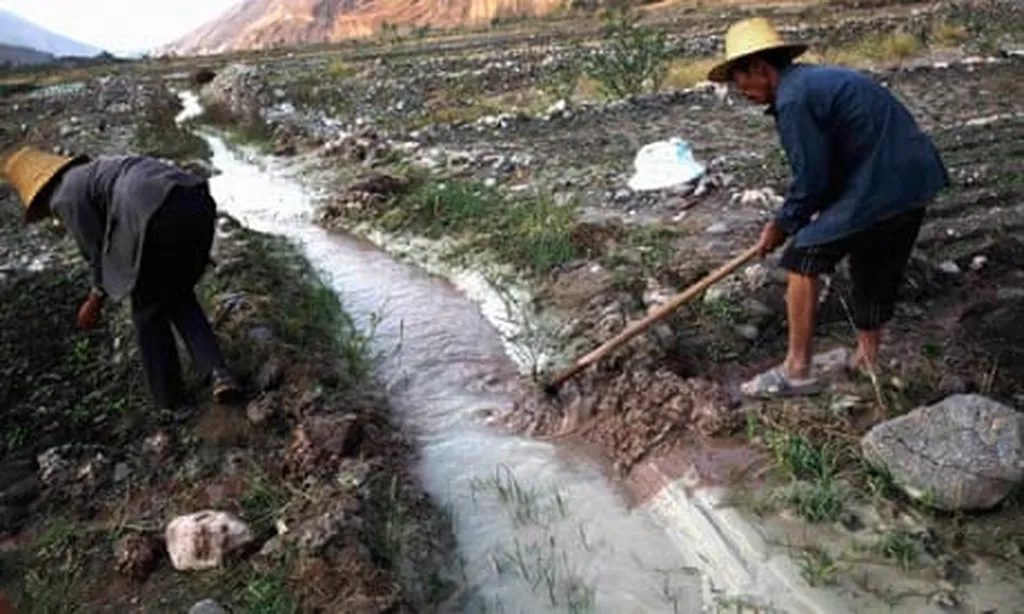In the heart of China’s Beijing-Tianjin-Hebei region, a critical water conservation zone is facing ecological challenges that could have significant implications for the energy sector. A recent study, led by Jing-tao Shi of the Langfang Natural Resources Comprehensive Survey Center, China Geological Survey, sheds light on the ecological vulnerability of small watersheds in hilly areas, offering insights that could shape future conservation and management strategies.
Pingquan City, often referred to as the origin of five rivers, serves as the core water conservation zone for the Beijing-Tianjin-Hebei region. However, excessive mining and intensified human activities have severely disrupted the local ecosystem, creating an urgent need for ecological vulnerability assessment to enhance water conservation functions. Shi and his team employed the sensitivity-resilience-pressure (SRP) model, integrating various data sources, including regional background, hydro-meteorological data, field investigations, remote sensing analysis, and socio-economic data.
The study, published in the Journal of Groundwater Science and Engineering (地下水工程学报), analyzed the spatial distribution and driving forces of ecological vulnerability in 2020 using the ArcGIS platform. The results indicated that the overall Ecological Vulnerability Index (EVI) was 0.389, signifying moderate ecological vulnerability, with significant variation between watersheds.
“The Daling River Basin had a high EVI, with ecological vulnerability primarily in levels IV and V, indicating high ecological pressure,” Shi explained. “On the other hand, the Laoniu River Basin had a low EVI, reflecting minimal ecological pressure.”
The study identified soil type as the primary driving factor, followed by elevation, temperature, and soil erosion as secondary factors. Shi emphasized the importance of focusing on key regions and critical factors while conducting comprehensive monitoring and assessment to ensure the long-term success of ecological management efforts.
The findings of this study have significant implications for the energy sector, particularly in terms of water resource management and ecological conservation. As the demand for energy continues to grow, so does the need for sustainable water management practices. The SRP model and the insights gained from this study could help energy companies and policymakers develop more effective strategies for water conservation and ecological restoration.
Moreover, the use of spatial analysis and GIS technology in this study highlights the potential of these tools in monitoring and managing ecological vulnerability. As technology continues to advance, the integration of these tools with other data sources could provide even more comprehensive insights into ecological vulnerability and its driving forces.
In conclusion, the study led by Shi offers valuable insights into the ecological vulnerability of small watersheds in hilly areas and the driving forces behind it. The findings have significant implications for the energy sector and could shape future developments in water resource management and ecological conservation. As Shi noted, “This study provides a scientific basis for regional ecological restoration and water conservation, which is crucial for sustainable development.”

